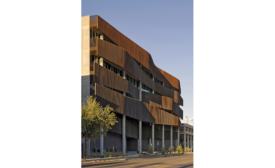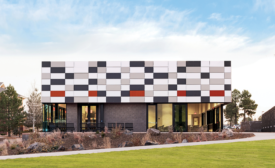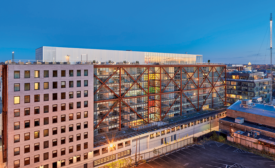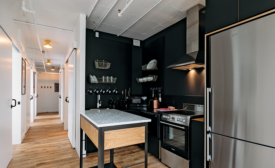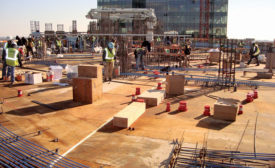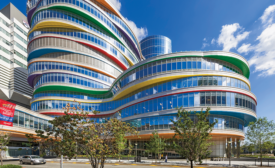Buildings
ENR MidAtlantic Celebrates Region's Best Projects
Panel of industry judges selects MidAtlantic area’s finest work from 65 entries in annual Best Projects competition
Read More
The latest news and information
#1 Source for Construction News, Data, Rankings, Analysis, and Commentary
JOIN ENR UNLIMITEDCopyright ©2025. All Rights Reserved BNP Media.
Design, CMS, Hosting & Web Development :: ePublishing
